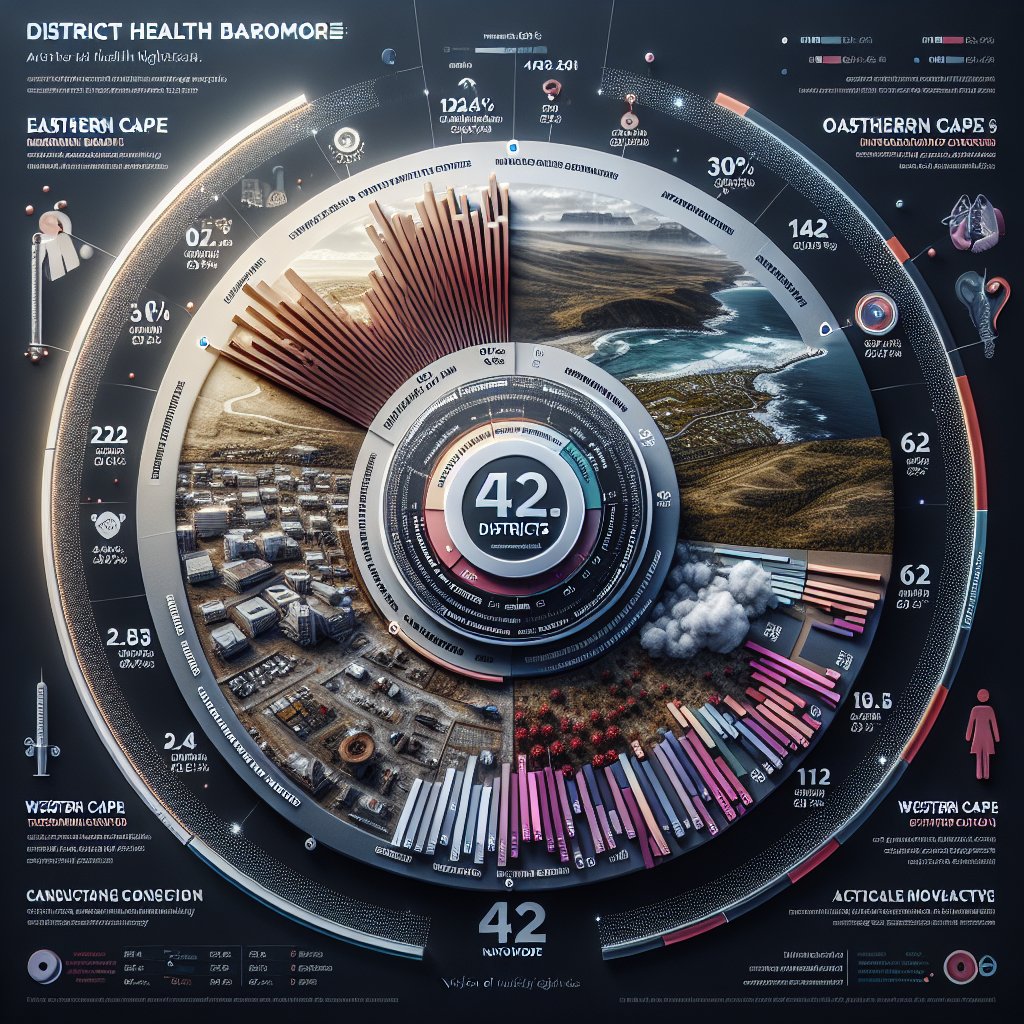Image created by AI
Striking Disparities in South African Maternal Healthcare Revealed by District Health Barometer
South Africa's healthcare landscape is marked by stark contrasts according to the latest findings of the District Health Barometer. The influential report has unearthed grave disparities among the provinces, with the Eastern Cape having a maternal mortality rate of 124.3 per 100,000 live births—twice the rate of the Western Cape, which stands at 62 per 100,000 and is the only province meeting the United Nations Sustainable Development Goal (SDG) for maternal health.
The report's revelation underscores the inconsistent progress towards a universal health goal within the nation. Women in the Western Cape are significantly less likely to face life-threatening complications during pregnancy or childbirth compared to their Eastern Cape counterparts. This inequity is starkly emblematic of the broader challenges with primary health care access and quality in South Africa.
The current overall maternal mortality rate in South Africa is 101.0 per 100,000 live births for the period of 2022/23. While this figure reflects the national concern regarding maternal health, it demonstrates slight improvements in the healthcare sector's performance over the past few years. Health director-general Sandile Buthelezi highlighted at the report launch that the gap between the worst and best-performing districts has been reducing, indicating positive strides in the effort to reduce maternal mortality nationwide.
With a target set by the health department to drop the maternal mortality rate to below 100 per 100,000 live births by 2024/25, the latest statistics show a trend towards this goal. Between the years 2021/22 and 2022/23, 33 districts have shown a decline in their maternal mortality rates, compared to 27 districts the year prior, as noted by the barometer.
Yet, the District Health Barometer does more than just flag issues of maternal health. It acts as a critical tool for policymakers and the Department of Health, monitoring resource allocation and health outcomes across 52 districts nationwide. The disparities it reveals are not limited to maternal health but extend to other areas such as tuberculosis (TB) treatment outcomes and access to contraception methods.
The plight of TB patients varies significantly across regions. The Capricorn district in Limpopo has a concerning TB mortality rate of 16.7% compared to a much lower 3.0% in Cape Town. Furthermore, the national decline in the "couple year protection rate" – the metric indicating the proportion of women aged 15-49 provided with modern contraception – is another area of concern flagged by the barometer. A fall from 60.7% in 2018/19 to 45% in 2022/23 signals a severe issue affecting family planning services and needs urgent attention to understand and tackle the causes of this downward trend.
Cervical cancer screening is similarly lacking, with the national average sitting at a mere 21.4%, far below the World Health Organization's benchmark of 70% screenings by the age of 35 and again before turning 45. Regions like Namaqua in the Northern Cape are reporting abysmal rates as low as 5.3%. Such low screening rates play a significant part in the high cervical cancer death rate in South Africa – a nation where cervical cancer stands not only as the second most common cancer among women but also as the leading cause of cancer-related deaths.
The insights provided by the District Health Barometer are a sobering reminder of the work still needed to ensure equitable healthcare across South Africa. This tool serves to guide focused interventions, resource allocations, and policy adjustments to bridge the gaps and facilitate progress towards achieving SDGs in the health domain.










